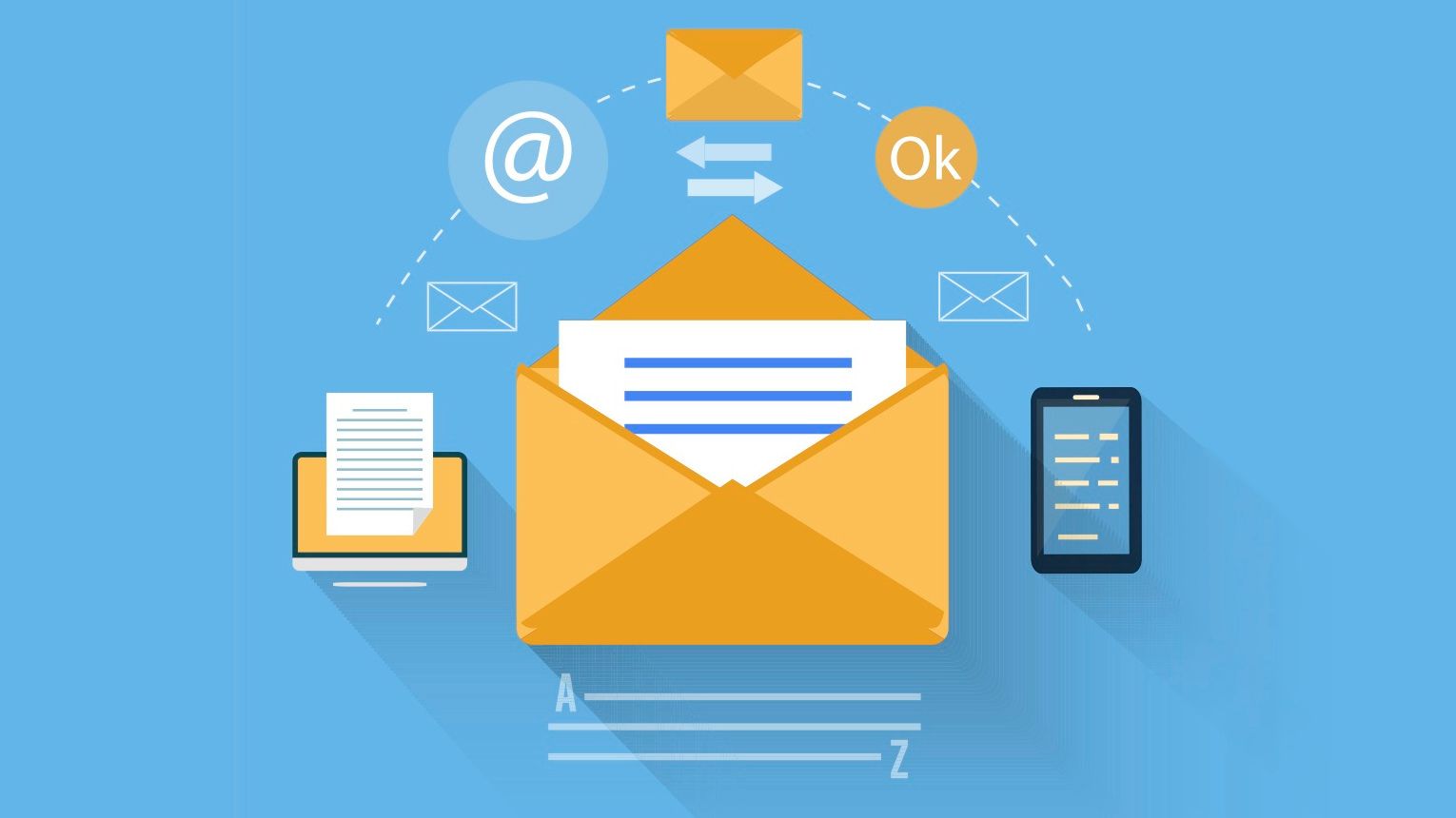In the realm of email communication, encountering bounce codes is a common occurrence. These codes provide valuable information about the status of email delivery attempts. One such code is 4.4.1, which indicates a temporary delivery issue. Understanding the causes behind the 4.4.1 bounce code and knowing how to troubleshoot and resolve it is essential for ensuring smooth communication. In this article, we will explore email bounce code 4.4.1 in detail, providing expert insights and guidance on resolving delivery issues associated with this code. By the end, you'll be equipped with the knowledge to address the 4.4.1 error effectively and facilitate seamless email communication.
Understanding Email Bounce Code 4.4.1

Email bounce code 4.4.1 signifies a temporary delivery issue. When you encounter this bounce code, it indicates that the email delivery was initially delayed but has the potential to be successful in subsequent delivery attempts. Let's delve into the potential causes behind this error and the steps you can take to resolve it.
Possible Causes of Email Bounce Code 4.4.1
- Server Overload: A common cause of the 4.4.1 bounce code is a temporary overload on the recipient server. When the server is under heavy load or experiencing performance issues, it may result in delayed email delivery and trigger the 4.4.1 error.
- Network Congestion: Network congestion can occur due to high traffic volumes or connectivity issues between mail servers. This congestion can lead to delayed email delivery attempts, resulting in the 4.4.1 bounce code.
- Recipient Server Configuration: The recipient server's configuration may also contribute to the 4.4.1 bounce code. Misconfigured or improperly optimized server settings can cause delays in email delivery attempts, triggering the temporary delivery issue.
- DNS Issues: Problems with the Domain Name System (DNS) can also result in the 4.4.1 error. DNS resolution delays or incorrect DNS configurations can hamper email delivery and lead to the temporary delivery issue indicated by the 4.4.1 bounce code.
Resolving Email Bounce Code 4.4.1
To effectively resolve the 4.4.1 bounce code and ensure successful email delivery, consider the following steps:
1. Retry Delivery
Since the 4.4.1 bounce code indicates a temporary delivery issue, the first course of action is to retry sending the email. Most email servers automatically attempt redelivery for temporary errors, including the 4.4.1 bounce code. Allow some time for the recipient server to resolve the issue and retry delivering the email.
2. Verify Recipient Server Status
Check the status of the recipient server to ensure it is functioning properly. Monitor any status updates or notifications from the recipient's IT team or service provider. If the server is undergoing maintenance or experiencing issues, the 4.4.1 error may persist until the server is fully operational.
3. Evaluate Your Network Connection
Assess your network connection and bandwidth to ensure there are no connectivity issues on your end. A stable and reliable network connection is crucial for successful email delivery. If you suspect network congestion or connectivity problems, contact your internet service provider for assistance.
4. Review DNS Configuration
Verify the DNS configuration for your domain to ensure it is correctly set up. Check for any discrepancies or errors in the DNS records, particularly the MX (Mail Exchange) records. Correct any issues or consult with your DNS provider or IT team for guidance.
5. Monitor Delivery Reports
Keep a close eye on your delivery reports and bounce notifications. Continuously monitoring these reports can provide insights into the status of email delivery attempts and help identify any persisting issues related to the 4.4.1 error. Analyze the bounce messages received to gather additional information that can aid in troubleshooting.
6. Seek Technical Support
If you have exhausted all troubleshooting steps and the 4.4.1 error persists, consider reaching out to your email service provider or IT support team for further assistance. They can investigate the issue more deeply, analyze server logs, and provide targeted solutions based on your specific email infrastructure.

Frequently Asked Questions (FAQs)
Q: How long should I wait before retrying delivery for the 4.4.1 bounce code?A: It is recommended to wait for a reasonable amount of time, such as a few hours, before retrying delivery for the 4.4.1 bounce code. However, the exact duration may vary depending on the specific circumstances and the recipient server's capabilities.
Q: Can the 4.4.1 bounce code be an indication of permanent delivery failure?: No, the 4.4.1 bounce code is indicative of a temporary delivery issue rather than a permanent failure. It signifies that subsequent delivery attempts have a higher chance of success.
Q: Are there any additional bounce codes related to temporary delivery issues?: Yes, there are other bounce codes that indicate temporary delivery issues, such as 4.2.2, 4.3.0, and 4.4.3. Each code provides specific information about the nature of the temporary issue encountered during email delivery.
Q: Can the 4.4.1 error be caused by the sender's email server?: While the 4.4.1 error is typically associated with issues on the recipient server's end, it is possible for the sender's email server to contribute to the error. Network connectivity problems or misconfigured sender server settings can impact email delivery attempts.
Q: Should I be concerned about the 4.4.1 bounce code if it occurs infrequently?: Infrequent occurrences of the 4.4.1 bounce code may not be a cause for significant concern. However, if you notice a pattern of frequent 4.4.1 errors or experience persistent delivery issues, it is advisable to investigate the underlying causes and take appropriate actions.
Conclusion
Understanding email bounce code 4.4.1 is crucial for effectively resolving temporary delivery issues. By recognizing the potential causes behind this bounce code and following the recommended troubleshooting steps, you can improve email deliverability and ensure seamless communication. Remember to monitor delivery reports, review DNS configurations, and seek technical support when needed. With the knowledge gained from this article, you are now equipped to tackle the 4.4.1 bounce code confidently and facilitate smooth email communication.



